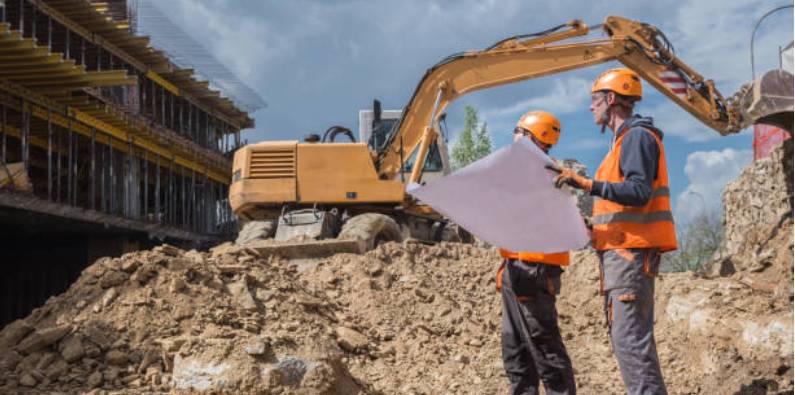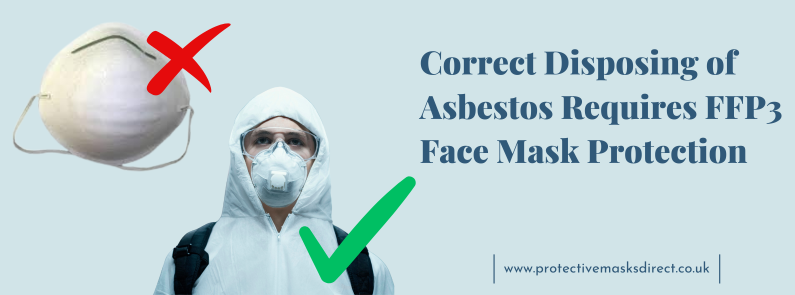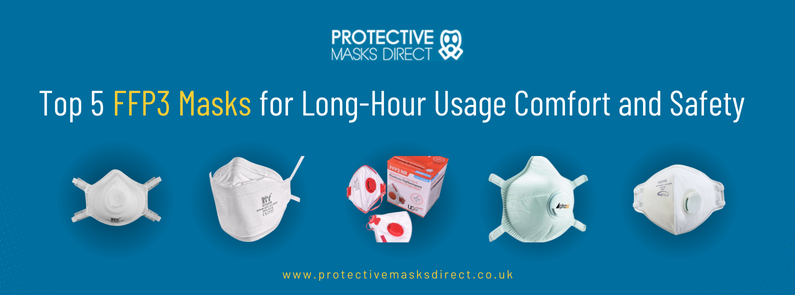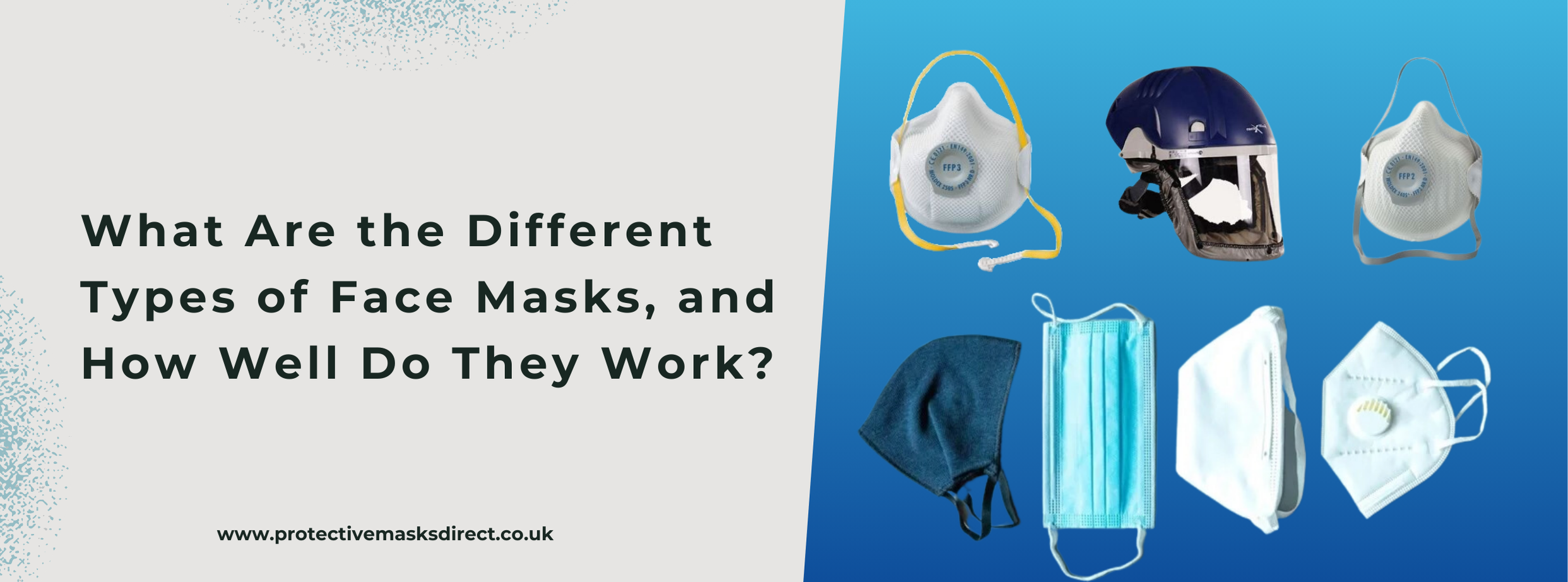
Did you know that deaths due to trenching and excavation have almost doubled from the previous year? Therefore, Occupational Safety and Health Administration (OSHA) focuses majorly on trench safety protective systems. As a result, OSHA has enhanced the enforcement of trenching excavation activities throughout the UK. This enforcement implementation happened due to an increasing number of deaths and collapses in construction sites. After all, workers’ safety is the top priority for any employer.
Working in excavation and trenching is considered a very perilous job in the entire construction field, even though these activities are executed throughout the world each day. This sort of work is related to serious hazards to the involved workers. Hence, multiple fatalities are recorded each year in cave-ins of excavations and trenches. Therefore, the contractors need to provide the right protection systems, like FFP3 mask, safety gear, etc. at construction sites.
Choosing the Correct Protection System
During trenching and excavation operations, protection is crucial. OSHA outlines various needs in CFR 1926 subpart P about trenching and excavation. Here are a few guidelines outlined by OSHA for protecting workers during trenching and excavation methods:
- OSHA’s Subpart P Appendix A-F outlines certain requirements while installing protective systems.
- It is vital to follow the manufacturer’s also for all protective systems utilization.
- All the major components of the protective system need a daily inspection by any competent person.
- While figuring out the best techniques for protecting excavation works, use four methods:
- Sloping
- Shoring
- Shielding
- Benching
How can employers avoid cave-ins?
OSHA guidelines instruct employers to protect their workers from a cave-in by:
- Supporting the excavation sides;
- Sloping and benching excavation sides; or
- Putting a shield between the excavation site and the work area.
What types of protection systems are vital to protect cave-ins?
In most cases, the protective system required is simple to use and well-known to employers. At other times, employers have to undertake the more complicated process of creating a protective system. For designing a protective system, they have to consider various factors, like depth of cut, soil classification, weather and climate, the water content of the soil, and other operations.
Protective Systems
Here are the four types of protective systems required for trench safety:
Sloping for Trench Safety
Sloping needs cutting back of the trench wall at a specific angle inclined away from the excavation. The flatter an angle, the higher protection sloping offers. The angle needed depends on water content and the classification of soil.
OSHA demands maximum allowable sloping for every soil type in a specific work area. For type C soil, a 1 1/2:1 sloping angle is the maximum. Plus, for every foot of depth, the trench needs excavation back 1 1/2 feet. It results in 34 degrees of maximum angle. The maximum allowable slope is 45-degrees at 1:1 for type B soil and 53 degrees at 3/4:1 for type A soil.
One can even calculate the slope via other tabulated data as per the soil type of a professional design by an engineer.
Shoring for Trench Safety
It involves the installation of aluminum hydraulics or different other sorts of supports for preventing excavation faces from a cave-in. The vertical supports are termed uprights. The horizontal supports are termed walers. While installing shoring, make sure to use engineered shoring materials for better cave protection.
The shoring system also needs support for adjacent structures, like walls, buildings, pavements, or sidewalks. So, employers have to offer support, like hydraulic shoring, underpinning, or bracing. It ensures that all the adjacent structures remain stable for protecting workers.
Excavations that may undermine pavements, sidewalks, and appurtenant structures are not allowed unless designed appropriately with a better support system or any other effective technique that protects works from any possible structure collapses.
Shielding for Trench Safety
With shielding, workers remain protected if a cave-in happens. For shielding, employers have to provide the right safety gear, including proper reusable respirator mask, to prevent them from debris that may fall on them. The trench shields are often constructed with sidewalls that are held apart by aluminum or steel spreaders. Often the spreaders are interchangeable for matching trench width.
Benching for Trench Safety
Like sloping, benching needs the removal of material from the excavation face. The excavation sides are dug from horizontal steps or levels. For simple benching, the sides need sloping with one step cut at the bottom. The multiple benching, however, needs a series of steps into excavation sides.
Conclusion
These are the accurate protection systems you require for trenching and excavation procedures. From proper safety equipment to safety gear, including dust masks, everything needs to be provided by the employer for keeping the workers safe. If you are not sure where to begin, seek professional assistance from experts. Not only the experts can offer maximum safety training, but they also use top-notch safety gear, like masks from specialists like Protective Masks Direct. It helps them to establish a safer workplace as per the guidelines by OSHA.




